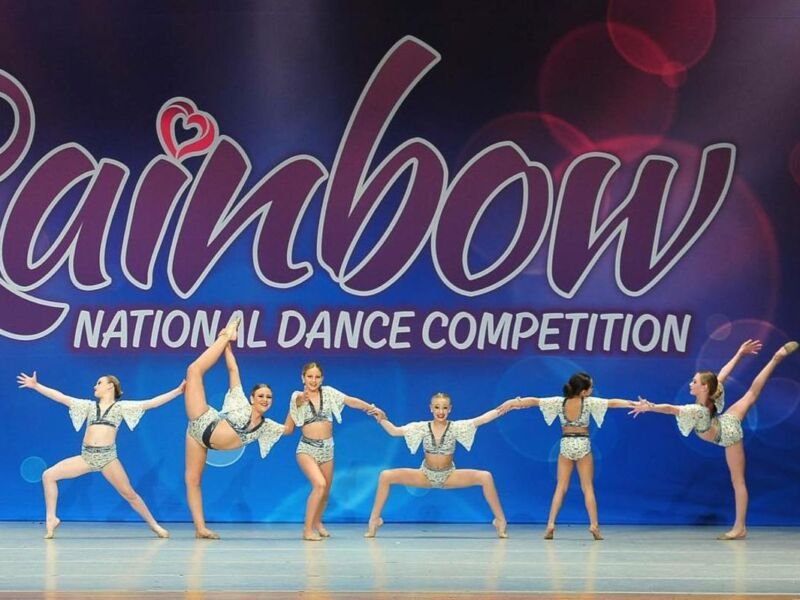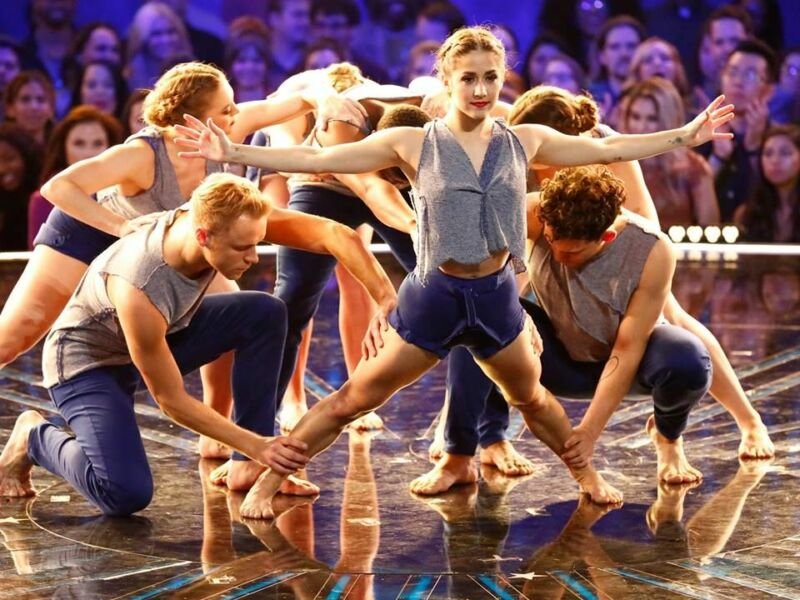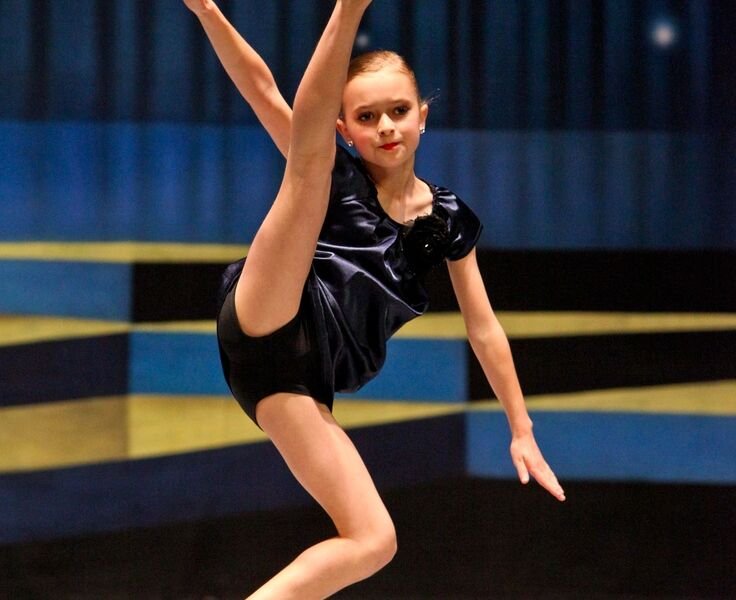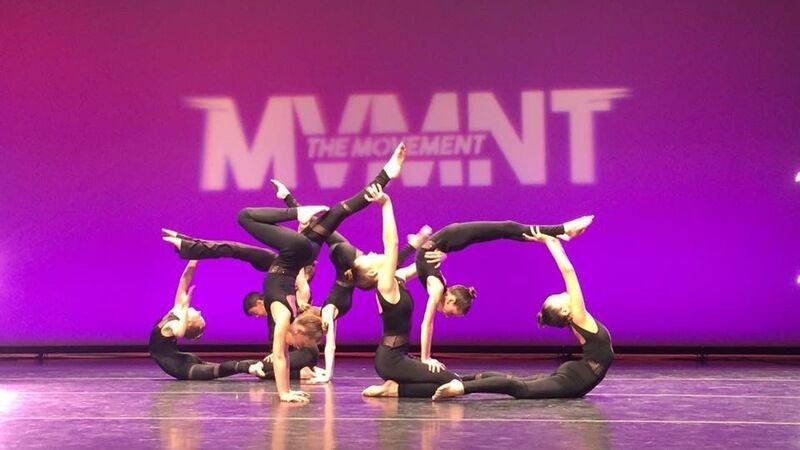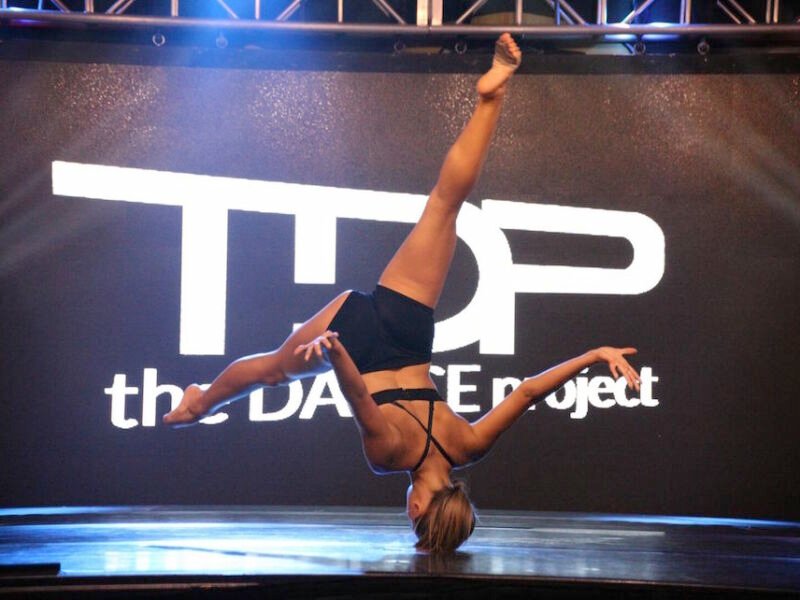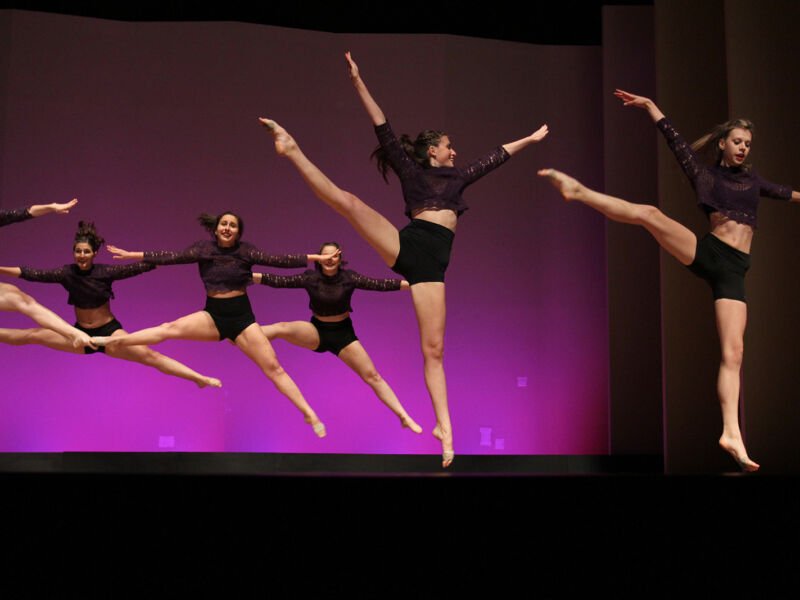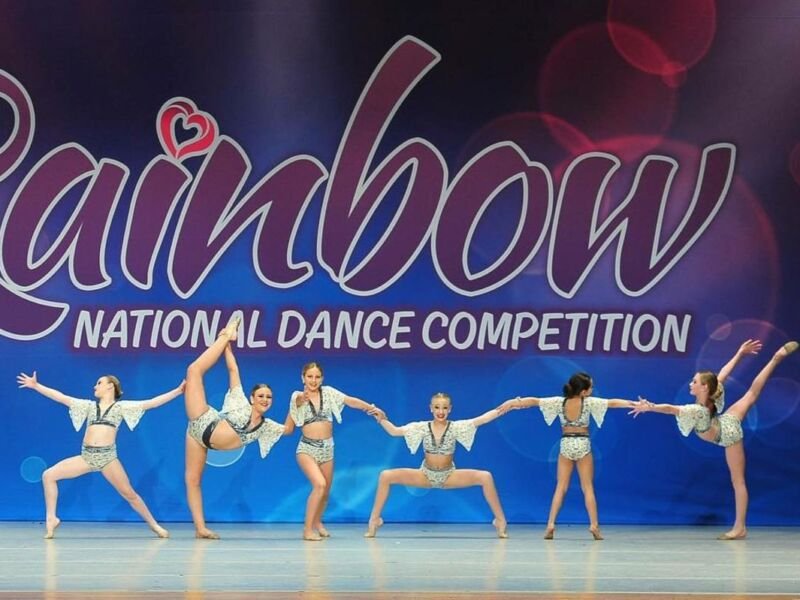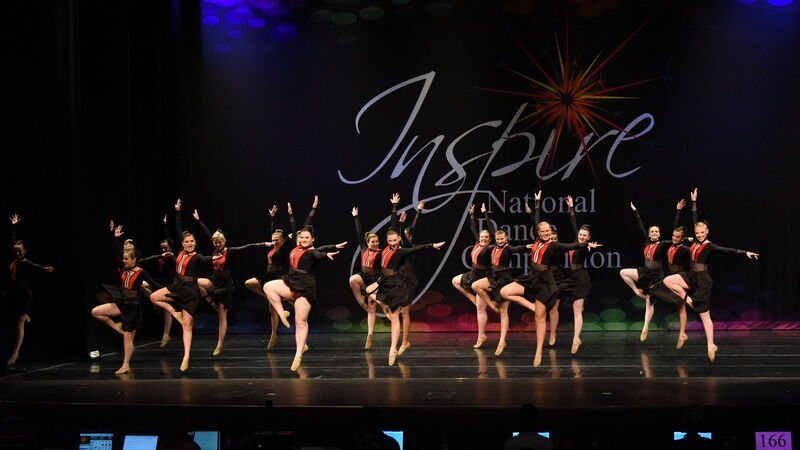
Introduction
Competing in a dance competition can be an exciting and nerve-wracking experience, especially if it’s your first time. Whether you are a beginner or an experienced dancer, participating in a dance competition offers a unique opportunity to showcase your skills, gain performance experience, and meet fellow dancers from different backgrounds. In this article, we will explore what you can expect at your first dance competition and provide tips on how to make the most of this exhilarating experience.
The Dance Competition Environment
When you arrive at the dance competition venue, you will likely find a vibrant and energetic atmosphere. The venue will be filled with dancers, instructors, families, and friends who have come to support the participants. Different dance styles will be showcased throughout the day, ranging from ballet and tap to jazz and contemporary. You will witness dancers of various ages and skill levels, all coming together to celebrate their passion for dance.
Registration and Check-In
Before the competition begins, you will need to complete the registration and check-in process. This typically involves presenting your identification, submitting any required paperwork, and receiving your competition number or ID. Make sure to arrive early to allow ample time for this process.

Warm-Up and Practice Areas
Dance competitions often provide designated warm-up and practice areas for participants. These spaces allow dancers to stretch, warm up their bodies, and run through their routines before taking the stage. Take advantage of these areas to prepare yourself physically and mentally for your performance.
The Performance Stage
When it’s time for your performance, you will step onto the stage and showcase your routine. The stage will be well-lit, and there may be judges seated in front to evaluate your performance. Remember to project confidence, maintain proper technique, and bring your unique artistry to your routine.
Judging and Adjudication
Competitions usually have a panel of judges who will evaluate each dancer’s performance. Judges assess various aspects, including technique, musicality, execution, and overall performance quality. You will receive a score or feedback from the judges, which can help you identify areas for improvement and growth in your dancing.
Preparing for Your First Dance Competition
Now that you have an idea of what to expect at your first dance competition, let’s explore how you can adequately prepare for the experience:
Practice and Rehearsal
Consistent practice and rehearsal are crucial for a successful dance competition experience. Work closely with your dance instructor to polish your routine, refine your technique, and make any necessary adjustments. Additionally, ensure that you have memorized your choreography and feel confident performing it.

Costume and Attire
Check with your dance studio or instructor to determine the required costume and attire for the competition. Make sure your costume is clean, well-fitted, and appropriate for your routine. Pay attention to any specific guidelines regarding hair, makeup, and accessories.
Healthy Habits
Prioritize your physical and mental well-being leading up to the competition. Get enough rest, maintain a balanced diet, and stay hydrated. Taking care of your body and mind will ensure that you can perform at your best on the competition day.
Positive Mindset
A positive mindset is vital for a successful competition experience. Focus on your strengths, celebrate your progress, and trust in your abilities. Avoid comparing yourself to others and instead embrace the opportunity to learn, grow, and enjoy the moment.
Support System
Surround yourself with a supportive network of family, friends, and fellow dancers. Their encouragement and presence can provide the motivation and reassurance you need during the competition. Sharing the experience with others who understand the dance world can help alleviate any pre-performance jitters.
Frequently Asked Questions (FAQs)
What are some common dance competition categories?
How can I overcome nervousness before a dance competition?
Participating in your first dance competition is an exciting milestone in your dance journey. Embrace the opportunity to grow as a dancer, showcase your skills, and connect with other passionate individuals in the dance community. With proper preparation, a positive mindset, and a passion for dance, your first dance competition experience will be one to remember.




